The fifth edition of Singapore Art Week has come and gone. In the course of 12 days, 100 events unfolded in 16 neighborhoods in the city, attracting scores of artists, curators, collectors, and fans to the city-state on the southern tip of the Malay Peninsula. Here’s what stood out.
Highlights From Singapore Art Week
The shows, parties, and more that made an impression.
By Laura Itzkowitz February 01, 2017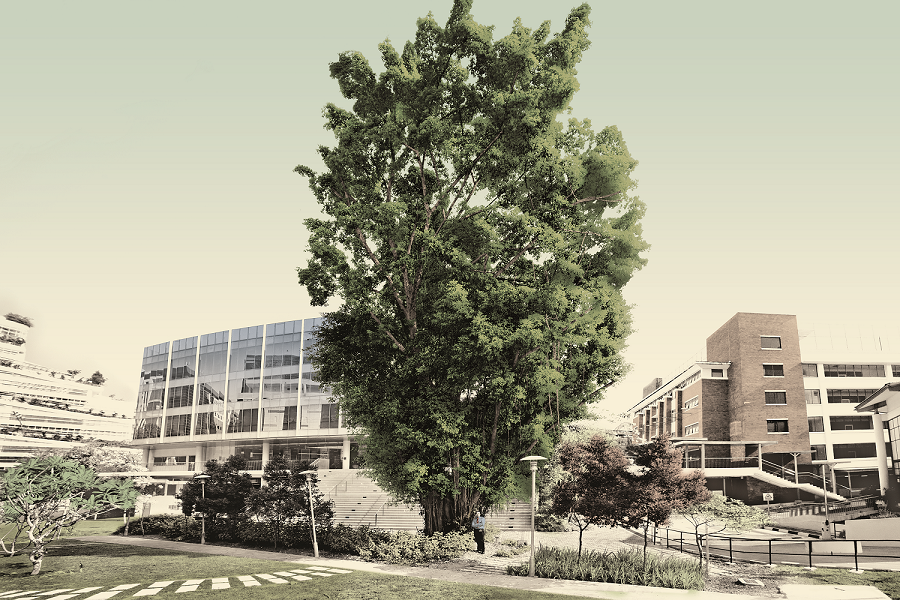
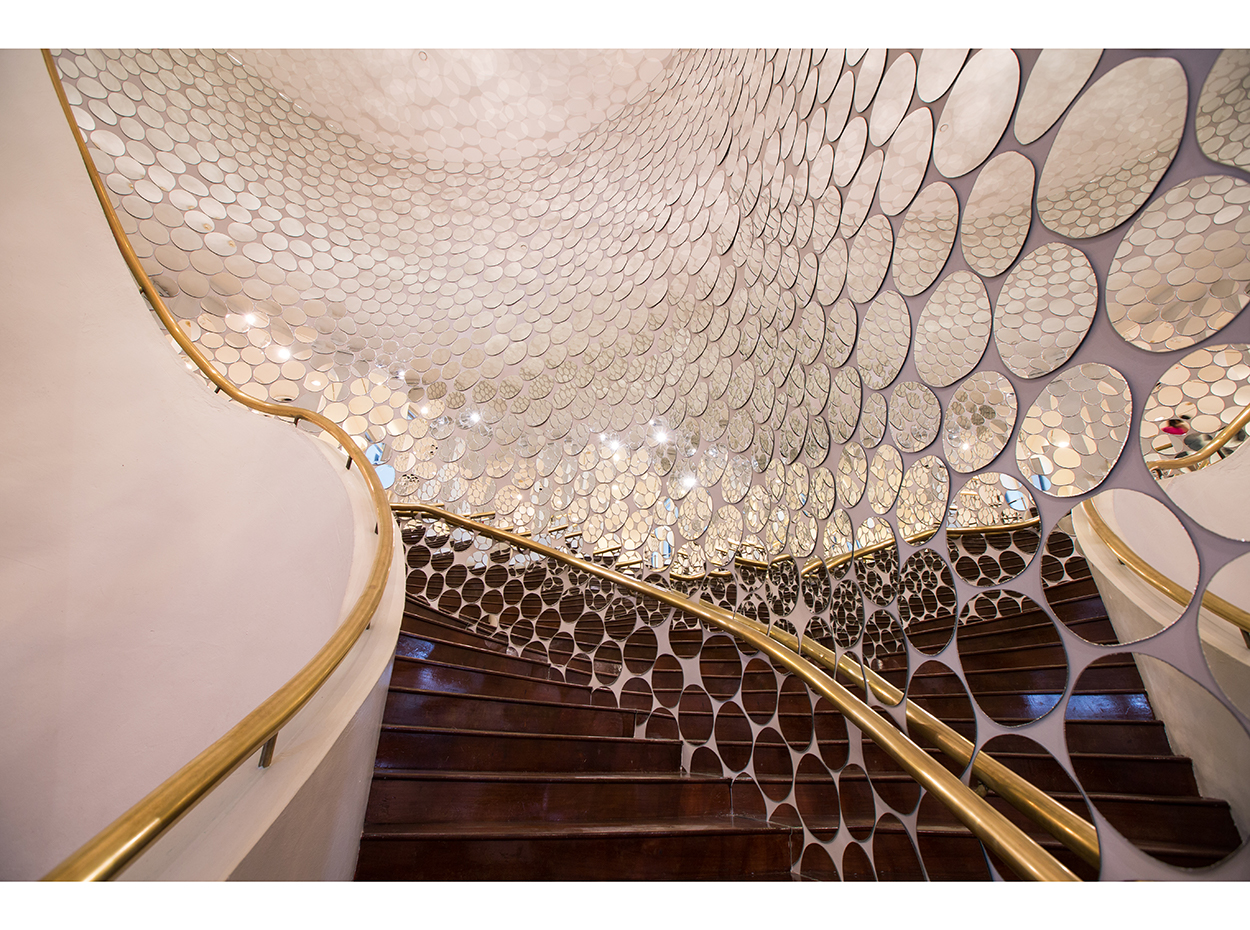
Singapore Biennale
Founded in 2006, the Singapore Biennale (through Feb. 26) is one of Southeast Asia’s most important contemporary art exhibitions. For this year’s edition, “An Atlas of Mirrors,” prominent and emerging artists from the region and beyond created installations at the Singapore Art Museum. Stand-outs include “Paracosmos,” an installation of hand-cut mirrors in the museum’s stairwell by Japanese artist Harumi Yukutake; and “Aftermath,” a haunting installation melding traditional Buddhist motifs with representations of post-industrial ruins by Thai artist Pannaphan Yodmanee. Yodmanee also was awarded the 11th Benesse Prize—the first-ever presented in Singapore, following 20 years of being presented at the Venice Biennale—and will create a site-specific work for Japan’s Benesse Art Site Naoshima.
As honorary advisor to Benesse Holdings, Inc., billionaire arts patron Soichiro Fukutake shared his thoughts on the prize. “I thought we could bring our approach of rejuvenating and building rural communities through art, starting with Singapore,” he says, “Then broaden and roll out this approach in other parts of Asia.”
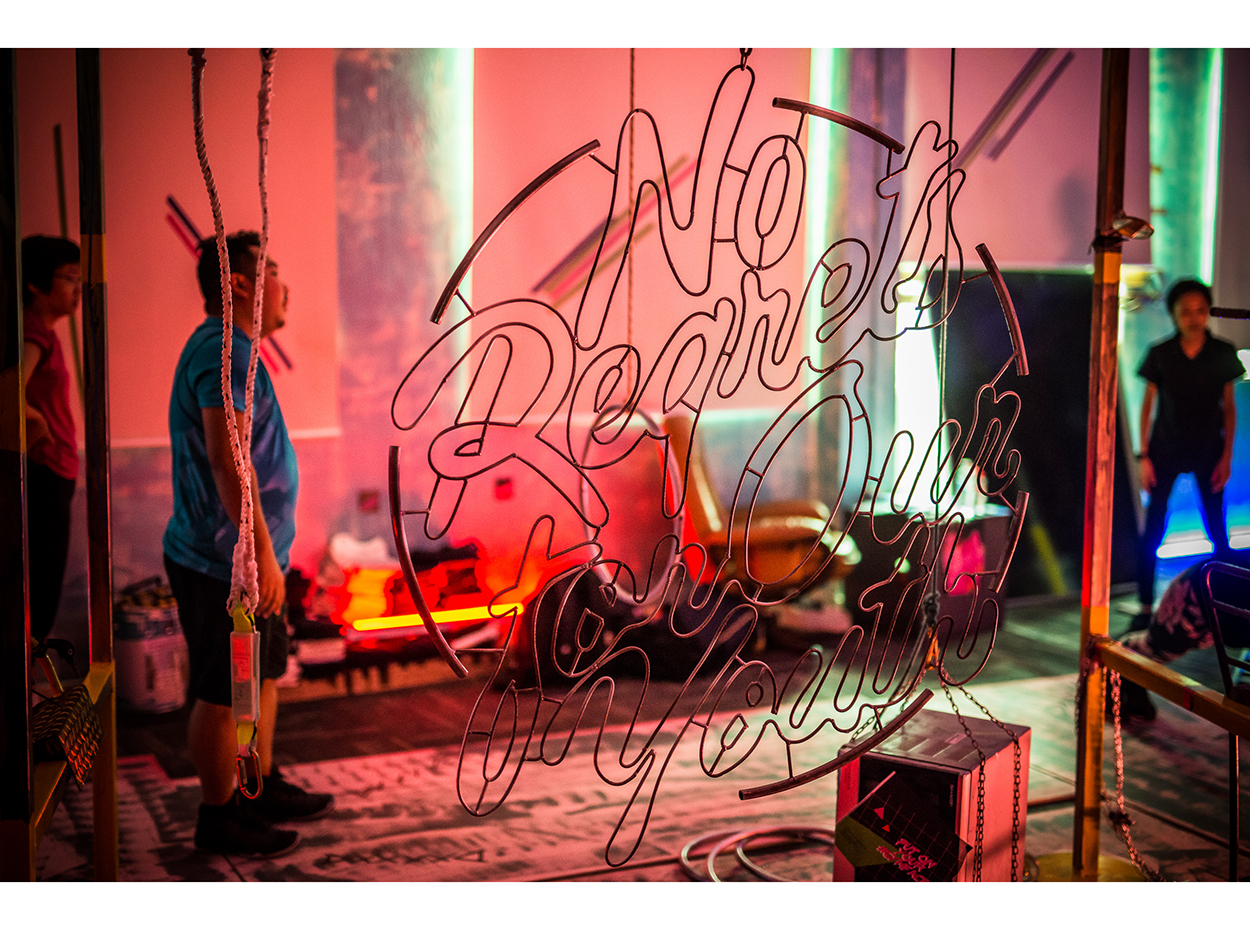
Aliwal Urban Art Festival
The multidisciplinary Aliwal Arts Centre acts as a platform for contemporary performance, street, and conceptual artists. In a city where illegal graffiti is harshly punished, Aliwal provides walls for street artists on their own building and at cafés, bars, and shops on nearby Haji Lane. At the Urban Art Festival (on Jan. 14), they gave walking tours of the murals and hosted a fair outside the headquarters to celebrate urban subcultures. Aliwal also debuted “No Regrets For Our Youth” (through Feb. 12), an interactive installation inspired by the parallel trends of 1980s bodybuilding culture and contemporary social media’s obsession with fitness. A funky gym composed of makeshift equipment designed by local artist collective DXXXXD remains open to observers as well as aspiring bodybuilders interested in trying out the barbells.
“Artist and Empire: (En)countering Colonial Legacies” at the National Gallery
Using last year’s “Artist and Empire” show at Tate Britain as the jumping off point, the National Gallery—the city’s newest major art institution—injected a Singaporean perspective into the initially U.K.-focused exhibition with “Artist and Empire: (En)countering Colonial Legacies” (through March 26). The first section presents works by contemporary Southeast Asian artists alongside British colonial-era paintings, providing a counterpoint to the Eurocentric offerings of most Western museums. The second part displays historic works by Asian artists created under British colonial rule.
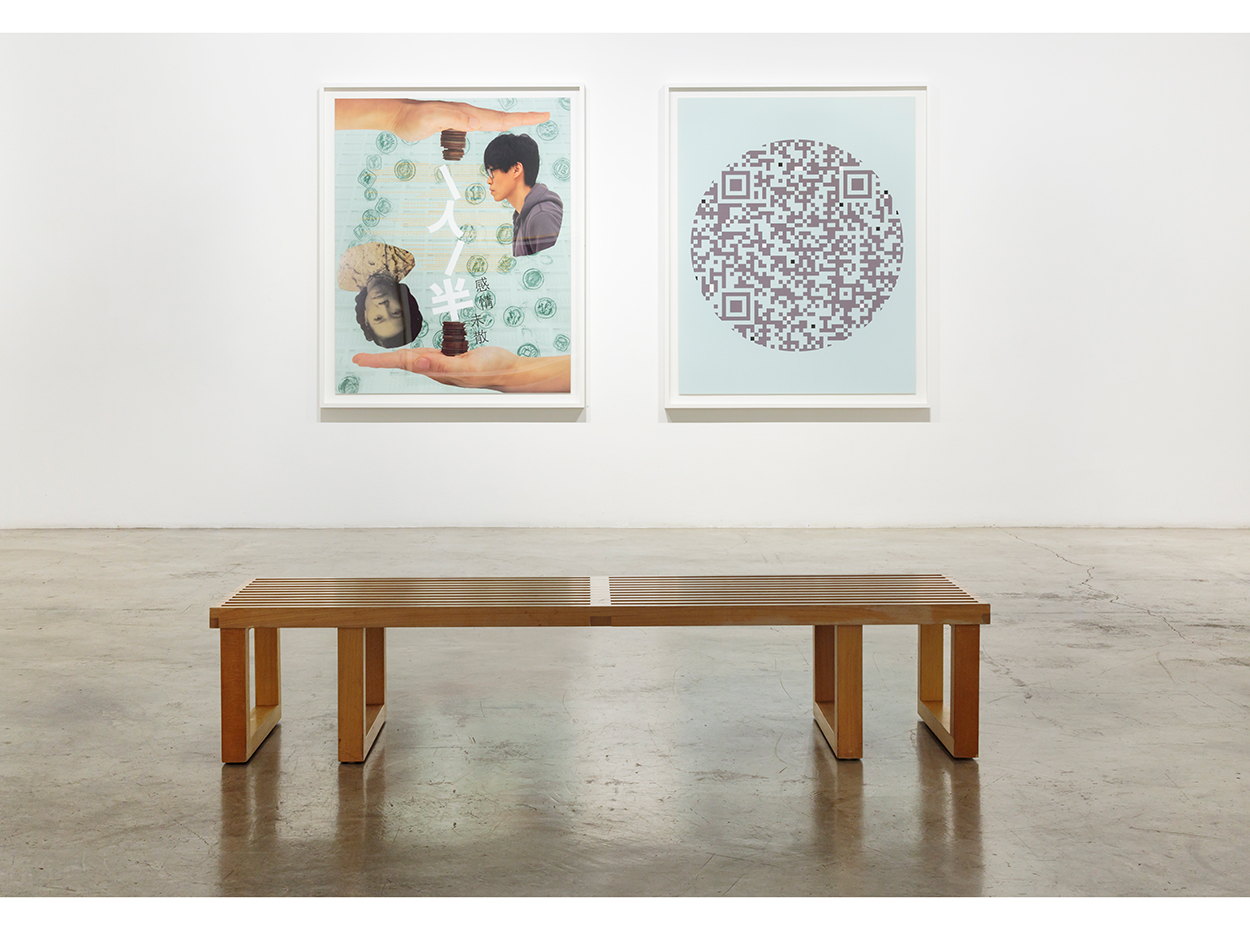
“We Are the World—These Are Our Stories” at STPI
Not your typical white cube gallery, STPI houses printmaking facilities where artists-in-residence produce the work that adorns the walls. Singaporean artist Amanda Heng—best known for her interactive performances that address societal and gender issues—created a series of works inspired by 12 personal stories told to her at a 2016 staging of her ongoing two-decade-old piece “Let’s Chat,” in which she conversed with participants while they cleaned beansprouts together during her STPI residency. “We Are the World—These Are Our Stories” (through Feb. 25) visually manifests the narratives through a combination of images, text, and digital elements, accessed via QR codes.
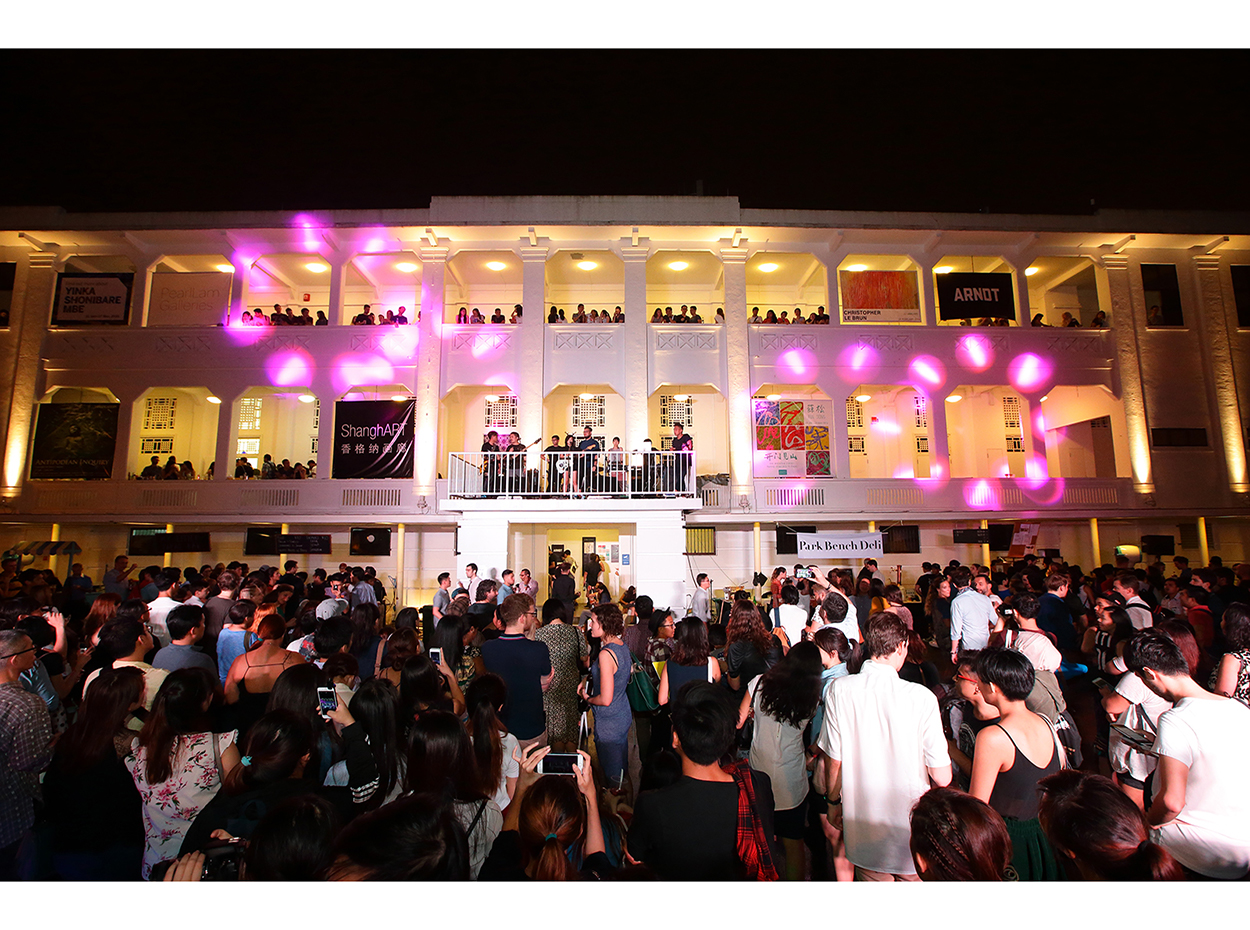
Art After Dark at Gillman Barracks
At the Art After Dark party (on Jan. 13), art fans gathered for an open house event at Gillman Barracks, a military facility built in 1936 that has been converted into the city’s coolest arts complex. Set in the posh Alexandra neighborhood, the whitewashed buildings are home to 11 galleries based throughout Asia, Europe, and the United States, including Singapore’s Fost Gallery, Berlin’s ARNDT, and New York’s Sundaram Tagore, as well as a clutch of cafés, bars, and restaurants. Though the event during Art Week is the largest of the year, the barracks host Art After Dark on a bimonthly basis.
“Fantasy Islands” at Objectifs Centre for Photography and Film
A pop-up exhibition at Objectifs, a nonprofit housed in a converted church, presented seven new multimedia works by Singaporean and Indonesian artists comprised. Titled “Fantasy Islands” (Jan. 11-26), the show addressed the myths and realities surrounding the islands of Singapore and its Indonesian neighbor, Batam. Just 45 minutes apart by boat, the two places couldn’t be more different. While Singapore rapidly developed into an international city since achieving independence in 1965, Batam was left behind, becoming underdeveloped, impoverished, and littered with abandoned structures. Batam is seen as a cheap and easy vacation spot for Singaporeans, further complicating the relationship between the two locales. The works—which range from Indonesian photographer Evelyn Pritt’s haunting photographs of abandoned buildings to Singapore artist Wu Jun Han’s sound installation made with cassette tapes—confront Singapore’s identity in relation to its neighbor.
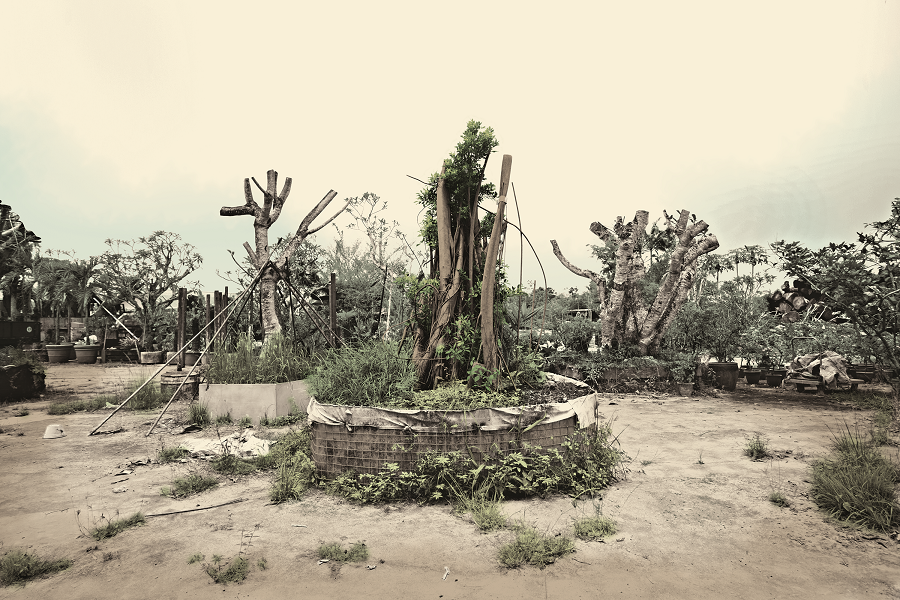
“Singapore, Very Old Tree” at the National Museum
In a dark room at the National Museum, a series of photographs backed by light boxes poetically frames the city’s many tree varieties in “Singapore, Very Old Tree,” a permanent installation by local artist Robert Zhao Renhui that opened in December. Each image is paired with a story about an individual’s personal connection to a tree, from a carpenter who harvests the durian variety’s spiky fruit to an old woman who meditatively walks in circles around a rubber tree in the park. Inspired by one of the oldest postcards found in Singapore’s National Archives depicting an unspecified tree dating back to 1904, Renhui embarked on a quest to document the island’s flora. The result is a poignant reflection on Singapore’s identity as the Garden City, and the value of nature in its increasingly urbanized territory.
Art Stage Singapore
More than 130 galleries from 54 cities had booths at the seventh edition of Singapore’s flagship art fair, held at Marina Bay Sands Expo and Convention Centre (Jan 12-15). Works by internationally known artists like Jenny Holzer, Yayoi Kusama, and Fernando Botero could be found alongside pieces by emerging Southeast Asian artists like Melissa Tan and Ivan Lam. Elsewhere, the collectors’ section provided a platform for Singapore-based art conneseurs to exhibit works from their private collections.
